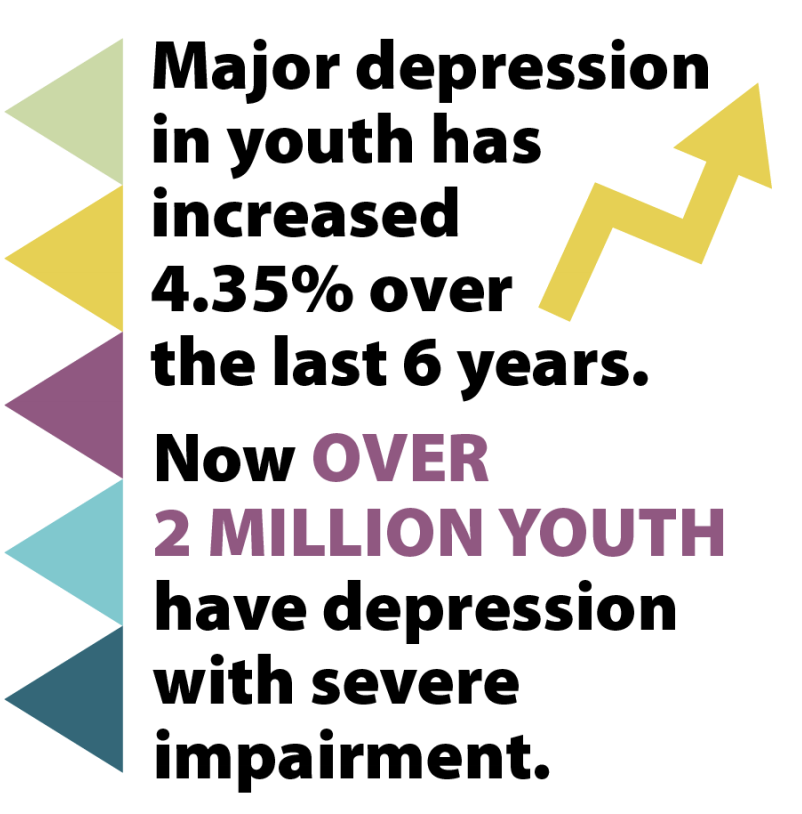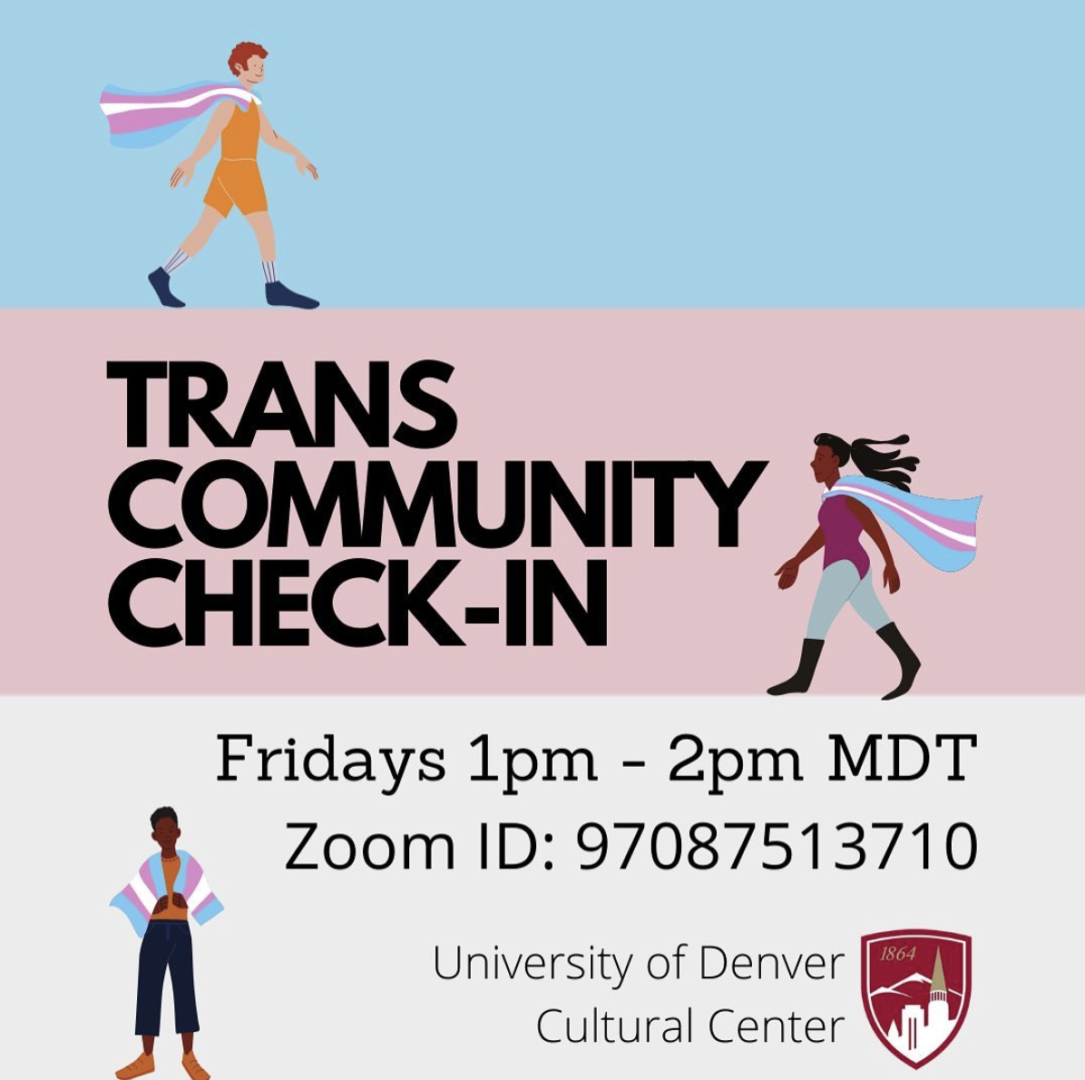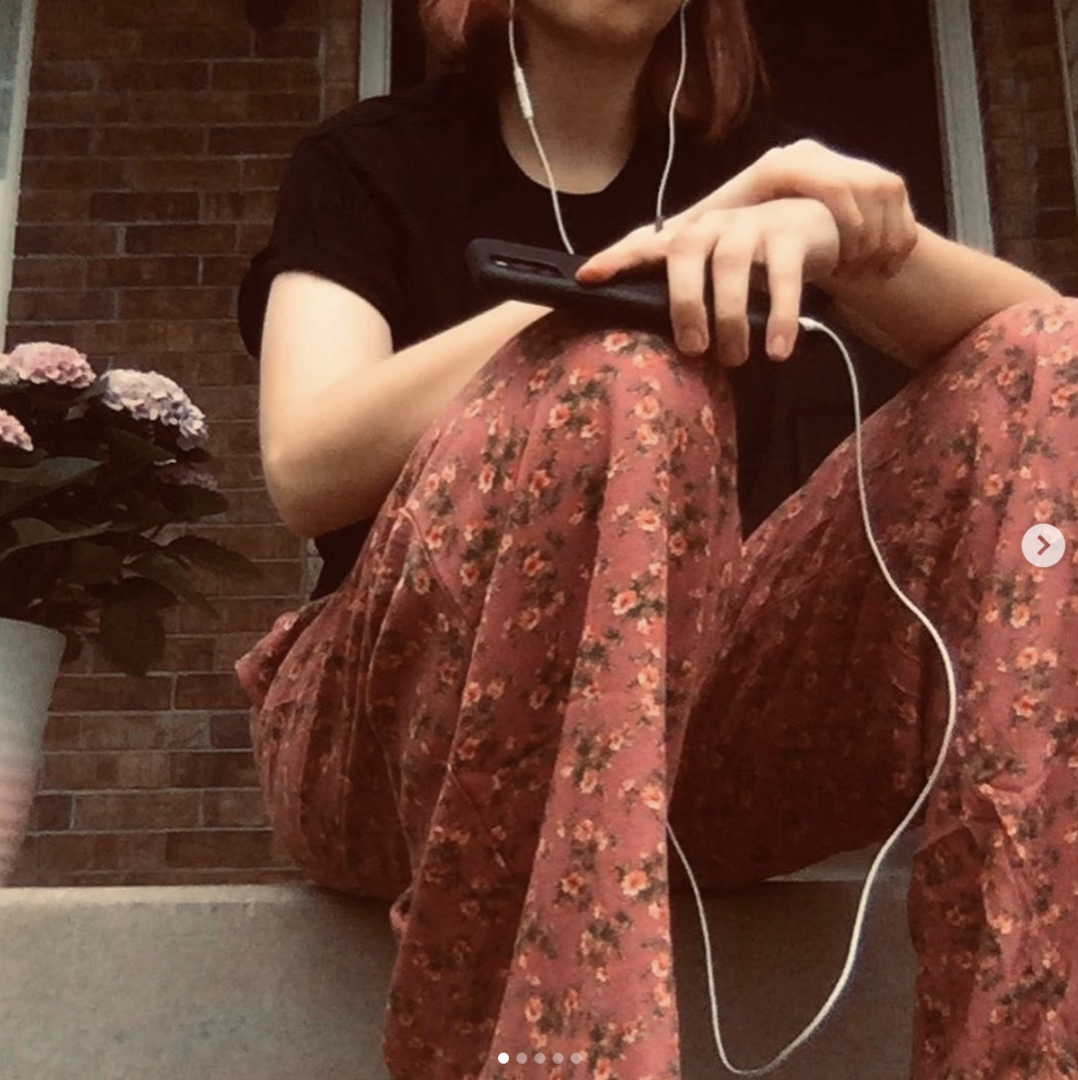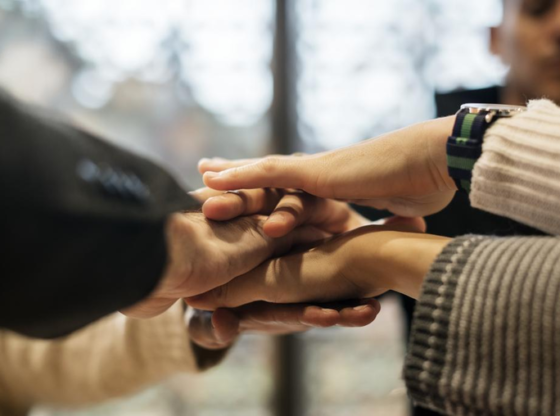Editor’s Note: Readers should be aware this article has content pertaining to anxiety, depression and suicide. Students in need of support can reach out to the Health and Counseling Center’s 24/7 Crisis Hotline at 303-871-2205.
The same day that I found out students had to leave DU’s campus, spring quarter looking less and less like a possibility as a result of COVID-19, I said goodbye to my therapist.
In the weeks leading up to when we parted ways, I knew it was coming. It left me uneasy, so I tried to comfort myself with the prospective future. Spring Quarter would be busy with concerts, plays and book tours. If I found myself spiraling, I had a solid support system in friends. I could try and replace the safe space my therapist created with a hot yoga studio.
I had barely walked out of his office before these hopes broke down. Almost simultaneously, I lost the person I trusted most and the future that was supposed to safeguard what he once protected—my mental health.
Spring Quarter was not going to be busy. I would be separated from those who acted as my confidants, and I had to move to a place that did not support or validate me. I would be isolated inside of my head, the plaything of anxiety and depression. My fears ballooned.
These thoughts and feelings were not a unique experience. Before the pandemic struck, the United States was already experiencing a mental health crisis where anxiety, depression and suicide rates were on the rise. Globally, suicide is the second leading cause of death for persons aged 15 to 29. This country was not equipped for a traumatic event of this scale.

Roy Perlis, a Harvard psychiatrist, believes there are two curves that the U.S. should be tracking and trying to flatten. The number of cases, as well as the “psychiatric fallout.” The second has been dangerously overlooked.
“Life in the pandemic is full of triggers and stresses that stir up past traumas and problem behaviors,” NPR Reporter Yuki Noguchi said, supporting his ideas. “The fear is that you’ll see a new crop of people without a prior mental health diagnosis fall into a kind of panic, desperation or hopelessness and that those feelings could turn into a lethal impulse.”
In a poll conducted by the Kaiser Family Foundation, it was found that almost half of adults in the United States reported their mental health had been negatively impacted by the pandemic. They cited a slew of reasons, with job unemployment being the most prominent.
On a smaller scale at DU, it has also been a mixed bag of experiences. To better understand the student perspective, The Clarion spoke with the student leaders of DU Mind, a group whose mission is to raise mental health awareness and decrease stigma on campus.
“It has definitely been highs and lows. Some days, it is ‘Okay, I’m good.’ Other days, I’ll start crying inexplicably and feel an intense amount of stress,” Lauren Plomer, fourth-year and co-president of DU Mind, said. “You get into these hard patterns of ‘should’ and ‘shouldn’t,’ telling yourself you shouldn’t feel a certain way because it is just readings and assignments.”
“Being in a crappy living situation takes a toll on you. Your sleep schedule turns into a wreck. You don’t want to be at home, but that isn’t an option right now,” Hannah Friedman, also a fourth-year and co-president of the club, said. “What a lot of my friends and I have experienced is sleeping most of the day because you can’t do anything at the moment and need to clock out.”

The Director of Counseling Services at DU’s Health and Counseling Center, Dr. Jacaranda Palmateer, estimates that the HCC’s telehealth services for mental health have been operating at 85 to 90 percent capacity of what is typical during a quarter. Notably, Palmateer pointed out that the pandemic’s effects are difficult to look at on a broad scale. Each person’s experience is individualized to the factors they deal with on a daily basis, such as pre-existing conditions, living environments and cultural norms.
Symptoms of depression, she explained, are easily compounded in quarantine when a person is spending more time alone and less time engaging with others. Changes in level of anxiety, on the other hand, are varied. Those with social anxiety are no longer in large group situations that may trigger them, and they may feel some relief being in self-isolation. But at the same time, general anxiety regarding COVID-19 and loved ones’ health and safety has worsened.
This pandemic does not impact groups evenly or equitably. Marginalized communities are among those whose physical and mental health has been the hardest hit.
“This pandemic is highlighting health disparities that already existed. Many students have moved back home, and questions like, ‘Is someone in an accepting and identity-affirming environment? Are they safe?’ matter to a person’s mental health,” Palmateer said.
In the LGBTQ+ community, research has found that only one-third of youth experience parental acceptance of their sexuality or gender identity. As a result, they are substantially more likely to live in unstable housing.
“Some of my friends, they have just gotten used to hearing their pronouns or preferred names for the first time at school. But because of COVID-19, they have to go back to a household that doesn’t recognize those identities,” Friedman said. “Some of them are couch-surfing right now because it is better than living in a house that doesn’t accept or want you.”
The social opportunities found in institutions like higher education are pivotal to combating elevated rates of depression and suicide in LGBTQ+ youth. While DU’s Queer Student Alliance (QSA) can no longer meet in-person, they host a variety of virtual events to stay connected and support one another. LGBTQ+ students currently living in unstable housing should contact Cody Ortiz-Oldham at cody.ortiz-oldham@du.edu to find out what options are available to them.

People of color are also being adversely impacted. Black and Latinx people are twice as likely as white people to view the coronavirus as a danger to their health, and the racial data supports their thinking.
Author, professor and researcher Ibram X. Kendi found that black communities are grossly overrepresented in coronavirus infection and death rates across the country, citing examples from places like Michigan, Illinois and North Carolina. He calls it, “the racial pandemic within the viral pandemic.”
Kendi believes this is likely connected to the reality that people of color are disproportionately found in homeless, incarcerated and illegal immigrant populations. These groups are most likely to get infected, but least likely to have access to medical resources.
In recognition of how marginalized groups are more at risk, many affinity organizations at DU have done virtual community check-ins with HCC Staff Psychologists. To find out about future events, follow their individual social media accounts or @du_cultural center on Instagram for more information.
Everyone has experienced and dealt with the COVID-19 crisis differently as a result of the varied backgrounds and identities they come from. To support the DU community during this time, Thrive coordinated with groups across campus to virtually host Mental Health Awareness Week May 4 to May 8.
Over Zoom, they put on events such as their “Self-Care During the Job/Internship Search” webinar with DU Mind. On social media, they are encouraging students to participate in a month-long #DUMindfulnessChallenge. Katherine Miromonti, a second-year at DU, was one of the students who completed the daily Instagram challenges last week.
“Since leaving campus, I have struggled with finding time to relax and do what I want to do. I often feel as if I am ‘wasting time’ if I decide to take a break,” Miromonti said. “I thought the challenge would be useful to me. I scheduled time into my week to take part in the challenge, but I was really just scheduling in time to do things that I love. I read, I listened to a podcast or meditation and I drew in my bullet journal.
“The #DUMindfulnessChallenge gave me the opportunity and motivation to step away from overbearing schoolwork and stress and focus on myself and my wellbeing for a while.”

For Miromonti, Mental Health Awareness Week underscored the importance of self-care. It is a practice that most define as vital but difficult to keep up with in the midst of the quarter system.
“It is a balance between practicing self-care and not being critical of yourself when you aren’t practicing it well. It can be hard to find accountability without it turning into shame and punishment. But right now, it is not helpful to spend hours beating yourself up,” Palmateer said. “It is a normal reaction to shut down and take a mini-vacation from your life for a day or two. That serves a purpose in itself.”
There are an assortment of ways that students can practice self-care. Palmateer recommends keeping healthy sleeping habits and diets, creating daily routines and having an outlet like meditation or journaling. She brought up that physical distancing should not mean emotionally distancing ourselves from others. It remains important to maintain our social connections, albeit virtually.
Like most students, Friedman, Miromonti and Plomer are doing the best they can to maintain healthy habits and take the pandemic one day at a time.
When asked what has helped their mental health most, Plomer said this: “What comforts me is knowing that I’m not alone. There are people experiencing similar things as me, and this is not forever or permanent. We can’t always control our environment, but we can control our behaviors and how we respond to that environment. We have the ability to get through the challenges we are going through.”
When looking at COVID-19 and its impacts, it is easy to get caught up in the statistics and politics of the matter. While these aspects of the issue are critical to pay attention to, we must seek to preserve both our physical and mental health. Any solution to this ongoing situation that fails to take people’s lived experiences into account puts their long-term wellbeing at risk. We owe it to ourselves to continue making the growth and progress we were before the pandemic.
Students who are looking for support but are unsure of where to turn to can refer to this list of resources DU Mind put together. Anyone is welcome to use or add to it. Among the most notable, students can apply for limited financial assistance through the Student Assistance Fund.











